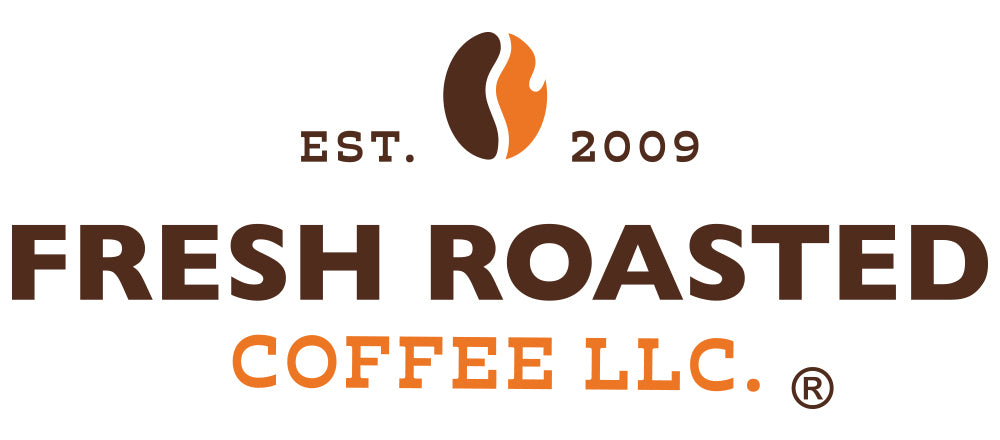Naturally Decaf Coffee, Alt Milk, and the Importance of Automation

-
Coffee research group progresses on naturally decaffeinated varieties
By Roberto Samora for Reuters“A Brazilian coffee research institute has started a decisive stage in a two-decade project to develop arabica coffee varieties that are naturally decaffeinated, a development the researchers think could have significant commercial potential. The program is being developed at the Instituto Agronomico de Campinas (IAC), a leading coffee research center that has provided many of the high-yield coffee plants that have helped Brazil become a powerhouse in the global coffee market, supplying more than a third of the trade.”
continue reading -
Has the vegan milk coffee craze peaked?
By Anay Mridul for newGround“In spite of their presence in the coffee industry for over ten years, vegan milks are still often considered the new kid on the block. However, plant-based products have made a serious dent in the once-monopolised milk segment. When Starbucks introduced soy milk in its stores in 2004, it did not take long for plant milks to gain real traction. By the early 2010s, they were soaring in popularity. Ethical consumers became increasingly conscious of the problems associated with dairy farming and turned to plant-based milks on mass.”
continue reading -
How does automation make the specialty coffee sector more productive?
By Daniel Lancaster for Perfect Daily Grind“Over the past few years, the global coffee industry has undergone many changes. One of the most prominent is an increasing move towards automation and technology. During this period, we have seen the uptake of automated systems and technologies grow across every level of the coffee supply chain – from production to roasting to brewing. And while the skills and expertise of industry professionals are still an essential part of specialty coffee, it’s safe to say that relying on technology only serves to support the work they do. A large driver for automation in the coffee industry is the aim to improve both productivity and consistency.”
continue reading -
Charting the journey from barista to café owner
By Jenna Gottlieb for newGround“The dream of owning a coffee shop is one many baristas share, but the road to becoming a café owner is not easy. The role of ‘barista’ is often seen as temporary. A lack of agency over their own hours and little scope for negotiating wages leaves many in the industry wanting more. Plus, the limited number of available managerial jobs creates a lack of upward mobility. As such, the role of a barista is rarely a long-term career, as there is little job security offered. Saving for the future, buying a house, and supporting a family is often unattainable, especially as living costs rise. The idea of becoming a café owner is attractive for baristas who want more control over operational decisions and for those striving for higher earning potential.”
continue reading -
How can specialty coffee producers use coffee flowers?
By Jackson Booth for Perfect Daily Grind“On farms across the Bean Belt, the emergence of white, fragrant flowers is a key stage in the life cycle process of coffee plants. By looking at these flowers, farmers can determine how productive their coffee plants will be that season – and prepare for the months ahead accordingly. Depending on geographical location and climatic conditions, the blooming season begins at different times. One thing, however, is for sure: the flowers will eventually fall off the coffee plant. What happens to coffee flowers next is largely up to producers. But with a growing number of farmers looking to diversify their income by upcycling coffee waste, there could be an opportunity to make better use of coffee flowers – and thereby also produce less waste.”
continue reading -
How does a coffee’s roast profile affect extraction?
By Matt Haw for newGround“Brew recipes are created around one basic principle: hot water extracting soluble flavour and aroma compounds from coffee. As such, it’s essential that we first look at one of the greatest influences on solubility – how a coffee has been roasted. Often, we use the term ‘roast profile’ to describe this. A roast profile is a graphical depiction of the roast progression, displayed as temperature over time. Espen Stokkan Smith, part of the lab team at Nordic Approach, describes it as the logging of data. ‘You’re capturing a series of data points,’ he says. ‘Different temperature variables, power to the roaster, airflow inputs, or drum speed, and then logging all these data points to understand how they interact with each other.’”
continue reading

Leave a comment